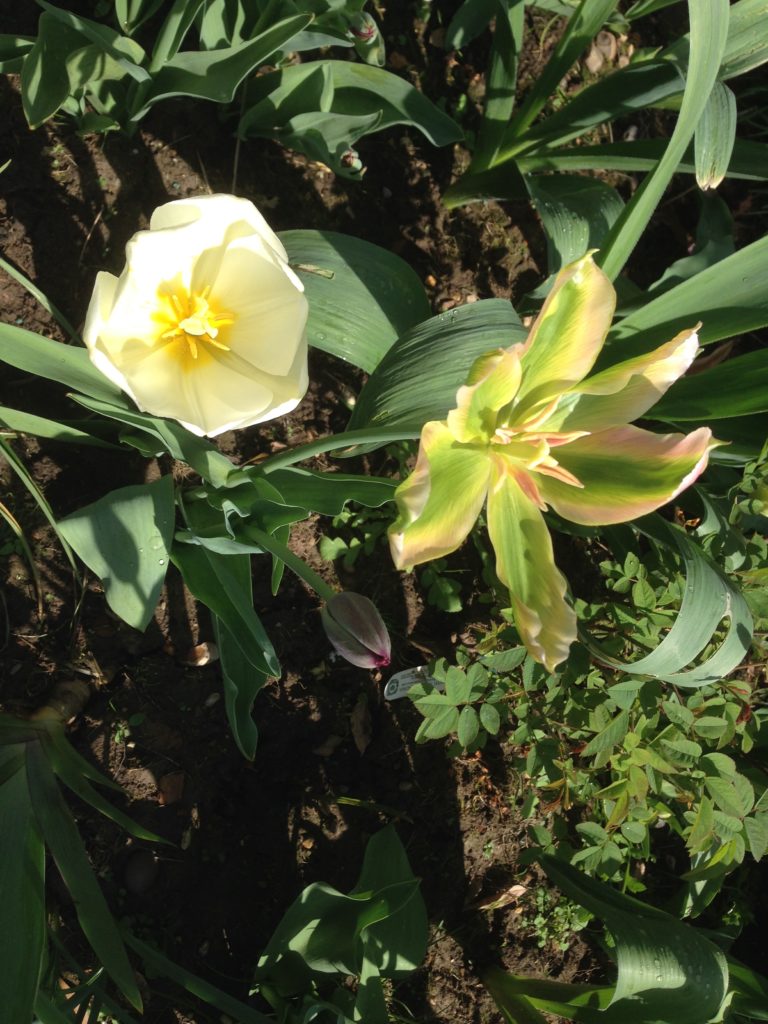My daughters are English. I am not. We all live in England, but in London so does that really count? What does it mean to feel yourself to be first and foremost English and only British as an afterthought?
A lot has been written since 2016 about whether the Brexit vote marked an eruption of English nationalism. Explicit English nationalism remains nonexistent or dormant, not active, unlike other nationalisms in these islands. That the Brexit vote was, in part, an immense expression of English identity is, on the other hand, beyond dispute.
Recently the BBC has been reporting on English identity. Most of it is based on a large survey by YouGov that explores the language, contours and contexts of that identity. Its findings should be a real wake-up call for anybody who is serious about modern British politics, especially on the left.
The fundamental finding in the BBC’s English Question surveys is that 80% of people in England strongly self-identify as English.
On one level this is hardly surprising. England is where they live. It’s where most of them were born. But let the idea and its implications sink in. And note also that there are almost no exceptions at all. This isn’t just coastal towns or leafy lanes. In every region, every class, every age group and almost every other demographic subset, a majority strongly self-identifies as English. The only subset exceptions, though they are important ones, are black and minority-ethnic adults (but only by a whisker), people who self-identify as British not English, and people of other nationalities altogether.
Almost as important a finding, however, is that a strong sense of English identity actively coexists with other identities. Again, this is hardly surprising. Which of us self-identifies as one thing alone?
The most common of these other identities, not surprisingly, is a British one, with 82% strong identification. On this, with the sole exception of other nationalities, every subset in the survey (this time including black and minority-ethnic adults) strongly identifies with Britishness . Additionally, half of the survey strongly feel an English regional identity – up to 74% in the north-east. Around a quarter strongly feel European too.
There is much else in the BBC/YouGov survey, most notably it shows that whilst the Scottish and Welsh are optimistic about where they and their region are heading, the English are pessimistic and look to recreate their past.
The greatest contributors to English identity, the survey suggests, are the natural landscape and the nation’s history. The strongest image of England is a pre-industrial bucolic nation populated by well-mannered and virtuous citizens. People generally see England as conservative and traditional rather than liberal and outward-looking.
There is more than a hint of nostalgia about people’s sense of Englishness. Almost three times as many of its residents think England was ‘better in the past’ than believe its best years lie in the future.
In Scotland, Wales and Northern Ireland, by contrast, significantly more people think their country’s best years lie ahead rather than behind them.
So while the rest of the UK feels pretty optimistic about their prospects, England seems particularly glum. The more English people feel, the more retrospective they are, and English wistfulness is particularly strong among those who voted to leave in the Brexit referendum.
England’s Christian tradition is important for almost half of Leave voters, but only 29% of remain voters. Leave voters are significantly more likely to talk of Englishness in terms of history, fair play, tolerance, plain-speaking and friendliness than those who wanted to remain
Many on the left prefer the silence. Some find England embarrassing – a “not in my name” country. Many prefer to navigate the multiple identities of Britishness while leaving the self-identifying English alone. As a result the left of centre is not much represented in the English conversation. Nationalism and Englishness is often conflated by those on the political left where as those on the right of politics seem determined to present a pastiche.
Labour embodies this unease. Few Labour policy documents mention England at all, even when they concern policy areas such as the health service or education, which are devolved and on which, therefore, “national” policy actually means English policy.
Faced with English identity, Jeremy Corbyn is little different from Tony Blair or Gordon Brown. This week Brown made a fine speech about bringing the country together with a programme of reforms. Yet the word England appeared just once in his speech, and only in the context of English regionalism, not English identity. It is hard to think of any senior Labour politician since Tony Benn or Michael Foot who talked about England with any degree of comfort. Their view of England may have been unduly romantic and radical, but at least it existed.
This isn’t intended as a bash-Labour point. For the most part, Labour is no better and no worse than anybody else on the liberal left in this regard. There are honourable exceptions, notably the former minister John Denham, no longer in parliament but actively pushing his English Labour Network. A recent Institute for Public Policy Research speech by the maverick shadow cabinet member Jon Trickett was another important recognition of the need for a political conversation to develop on the left that includes, not ignores, England.
England is not going to go away. And the current English mood is a challenge to every aspect of the progressive tradition. As the BBC/YouGov survey shows, England is not just a place with a real sense of identity. It is also a pessimistic place. Most people in the survey think England was better in the past. The pessimism is widely shared across all parts of England. Only one in six people in England think the country’s best years lie ahead of it.
But this pessimism is not something that need embarrass the progressive traditions in politics. There isn’t much sign of a harking back to whiteness or for the empire. It’s about feeling that the country is incredibly beautiful, has a rich history, and is witty and polite. But the country also used to make things, used to matter more, used to be more caring and connected.
The England that cries out from this survey is not at ease, is disempowered, is disconnected from Westminster and insufficiently able to shape its own future at local, never mind national, level.
English identity is a cultural issue that requires more than just a constitutional answer. Nevertheless, England is the largest nation in Europe without its own parliament and it has become difficult to argue against one, with powers similar to those in the rest of the UK. An English parliament would force the progressive wing of politics to engage seriously with England’s mood and England’s needs. Compared with an English parliament, combined or regional authorities just don’t cut it.
And what is the alternative? If the progressive tradition in British politics cannot find ways of listening to, connecting with and speaking for England, its sense of itself and its sense of place, it risks not just electoral failure but the loss of a much larger argument. To cede the politics of England to the right is to ensure that it is the right that speaks for England. That seems to be what is happening.
























